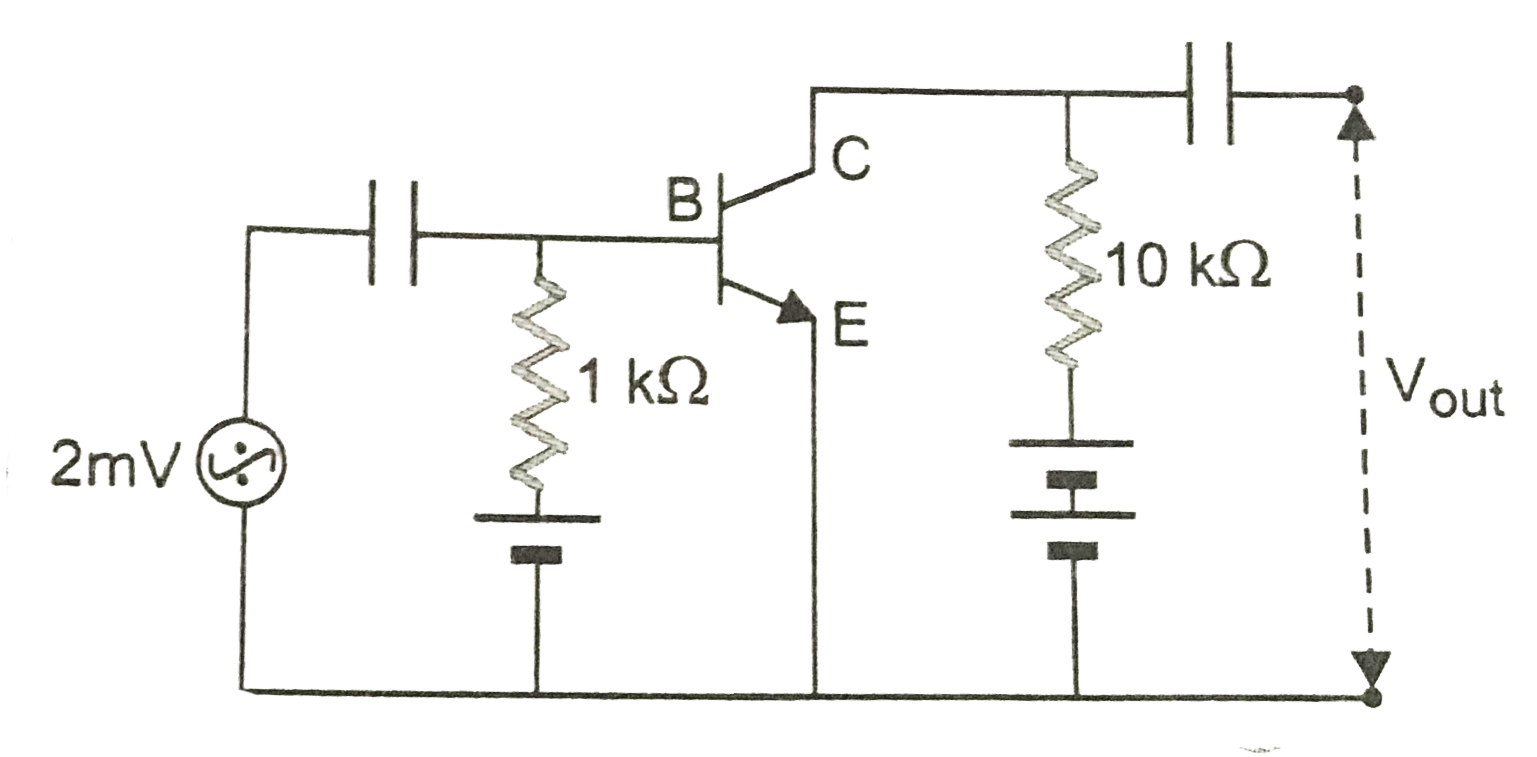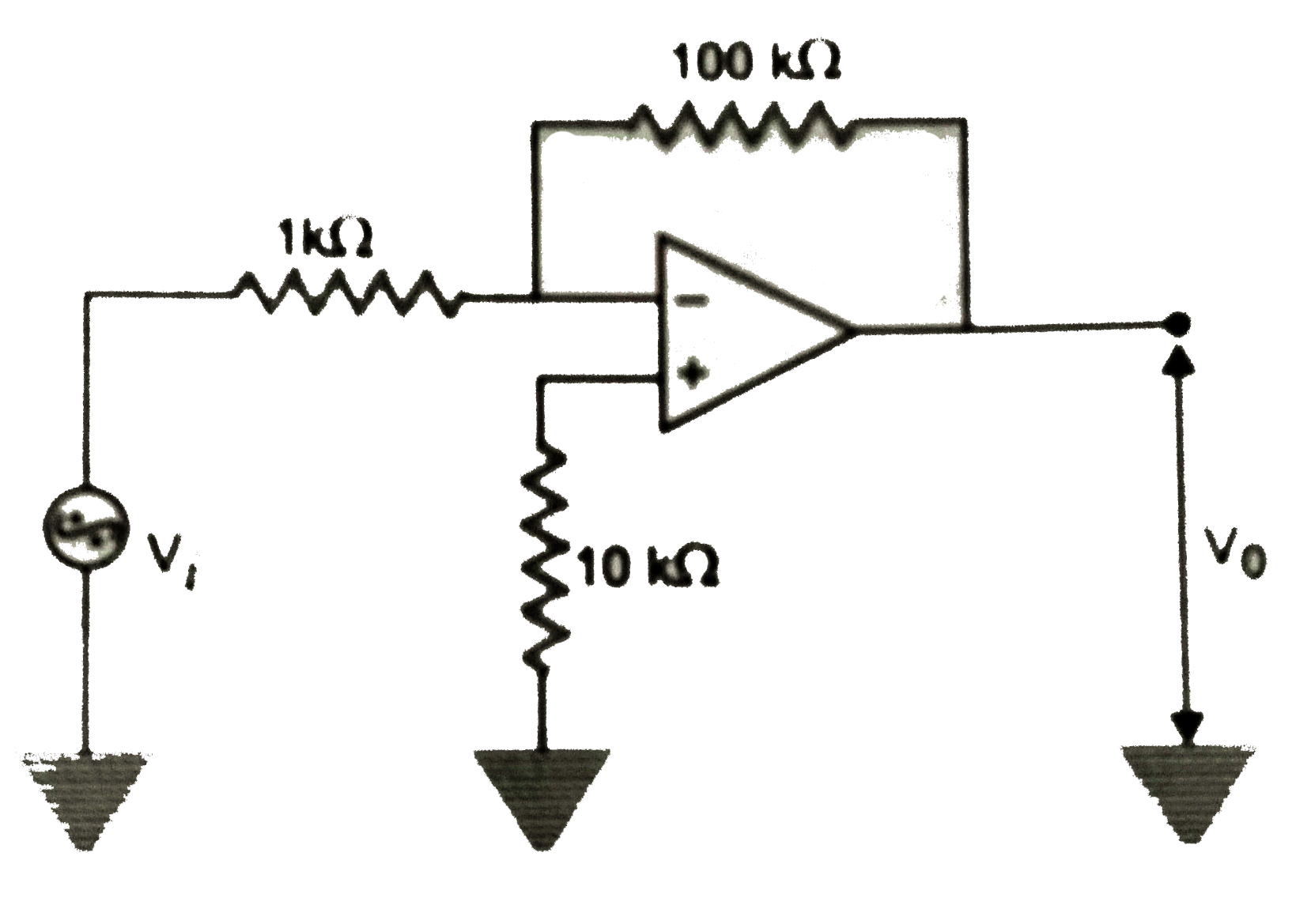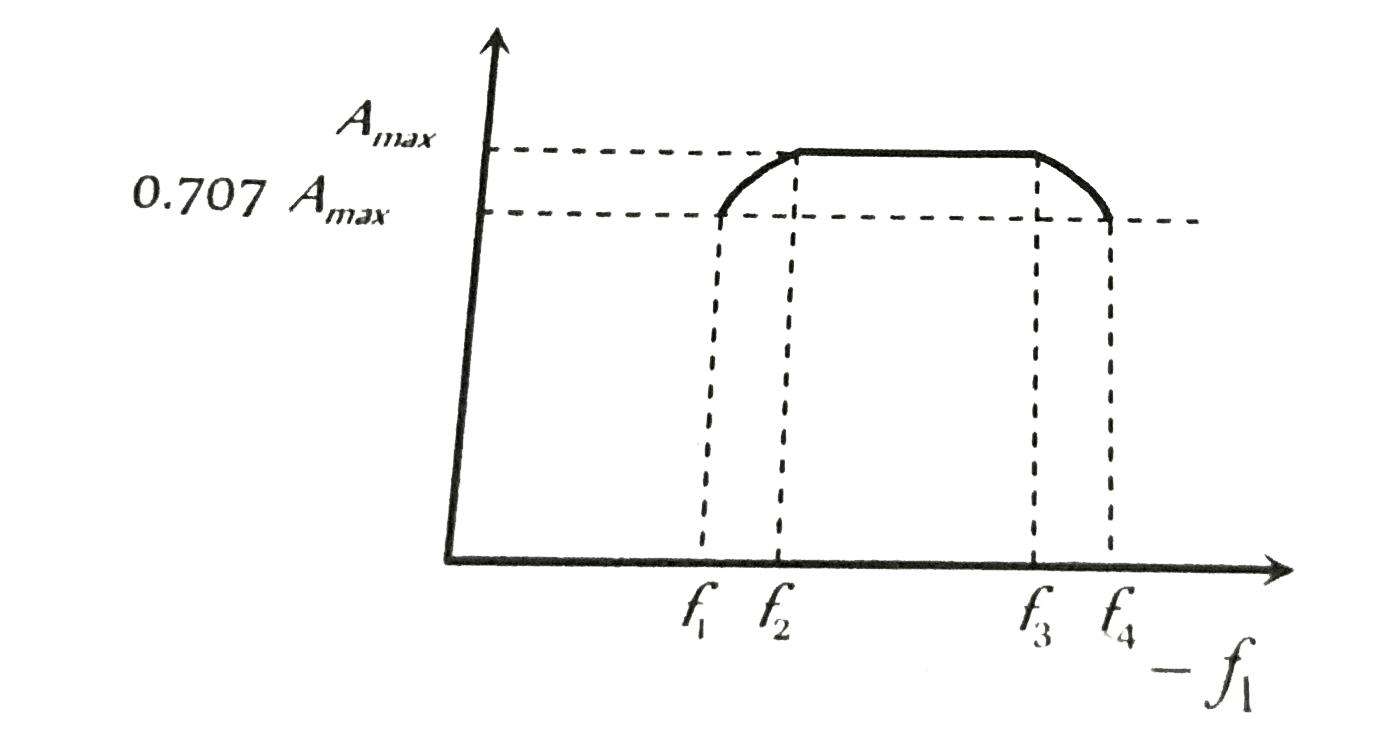The amplifier converts
A.C. into D.C. voltage.
D.C. into A.C. voltage.
low input signal to high output signal.
high input signal to low output signal.
The correct Answer is:C
Step by step video, text & image solution for The amplifier converts by Physics experts to help you in doubts & scoring excellent marks in Class 12 exams.
Updated on:21/07/2023Topper's Solved these Questions
- SEMICONDUCTORSBOOK - TARGET PUBLICATIONCHAPTER - SEMICONDUCTORSEXERCISE - Critical thinking
32 Videos
- SEMICONDUCTORSBOOK - TARGET PUBLICATIONCHAPTER - SEMICONDUCTORSEXERCISE - Competitive thinking
110 Videos
- ROTATIONAL MOTION BOOK - TARGET PUBLICATIONCHAPTER - ROTATIONAL MOTION EXERCISE - MCQ
245 Videos
- STATIONARY WAVESBOOK - TARGET PUBLICATIONCHAPTER - STATIONARY WAVESEXERCISE - EVALUATION TEST
16 Videos
Similar Questions
An amplifier is represented by the adjoining circuit . ri is the input resistance of the amplifier and the voltage vi is appearing across it. This voltage is amplified by a factor of Av and apears across the load as voltage v0.
View SolutionWhy is common emitter amplifier preferred over common base amplifier?
View Solution
Knowledge Check
In the common emitter amplifier circuit, Fig. an npn transistor with output voltage of the amplifier as 1 V, the current gain of transistor amplifier is :
 A20B25C50D75
A20B25C50D75The voltage gain of the amplifier shown in Fig.is
 A10B100C1000D9.9
A10B100C1000D9.9Compared to CB amplifier, the CE amplifier has -
Alower input resistanceBhigher output resistanceClower current amplificationDhigher current amplification
i) An amplifier is necessarily an oscillator too
ii) An oscillator is necessarily an amplifier too Then
View SolutionIn a triode amplifier, the load resistance is equal to the plate resistance rp. If μ is the amplification factor, the stage gain of the amplifier is
View SolutionA common emiiter amplifier has voltage gain 50 and current gain is 25. The power gain of the amplifier is:
View SolutionThe frequency response curve of RC coupled amplifier is shown in figure. The band width of the amplifier will be

View SolutionFor amplification by a triode, the signal to be amplified is given to
View Solution
